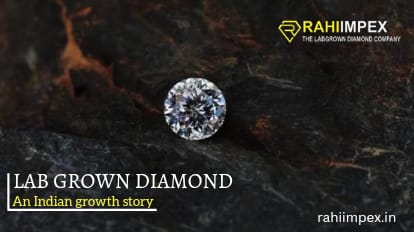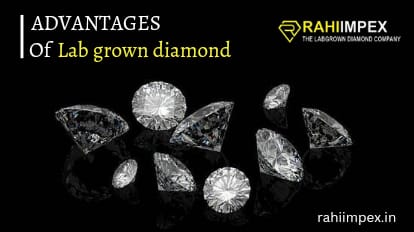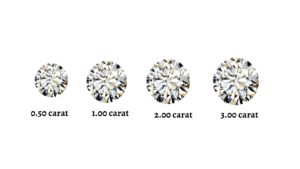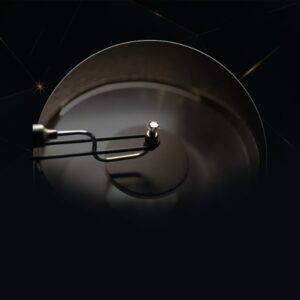Diamonds have captivated hearts and minds for centuries with their dazzling beauty and enduring allure. Traditionally, diamonds were exclusively mined from the depths of the earth, but recent advancements in technology have introduced a new player to the scene: lab grown diamonds. These diamonds, also known as synthetic or cultured diamonds, are created in controlled laboratory environments rather than being formed naturally over thousands of years. While lab-grown diamonds share many similarities with natural diamonds, there are key differences that set them apart. Let’s delve into these distinctions to understand the unique qualities of each.
Formation Process:
Natural diamonds are formed deep within the earth’s mantle under extreme pressure and heat, typically over billions of years. They are brought to the surface through volcanic eruptions, where they are mined. On the other hand, lab-grown diamonds are created in a matter of weeks through two primary methods: High Pressure High Temperature (HPHT) and Chemical Vapor Deposition (CVD). The HPHT method mimics the natural diamond formation process by subjecting a carbon source to high pressure and temperature, while CVD involves the deposition of carbon atoms onto a substrate in a vacuum chamber.
Composition:
Both diamonds are composed of carbon atoms arranged in a crystal lattice structure. However, lab-grown diamonds may contain trace elements or inclusions that are not found in natural diamonds, depending on the specific growth conditions in the laboratory.
Quality and Clarity:
Natural diamonds are renowned for their rarity and uniqueness, which often translates to higher prices. They are graded based on the 4Cs: carat weight, cut, color, and clarity. Lab-grown diamonds also adhere to the 4Cs grading system, but they are generally more affordable than natural diamonds of comparable quality. Additionally, lab-grown diamonds may exhibit different types of inclusions or clarity characteristics compared to natural diamonds.
Environmental Impact:
One of the key advantages of lab-grown diamonds is their lower environmental impact compared to mined diamonds. Mining for natural diamonds can have a significant ecological footprint, including habitat destruction, soil erosion, and water pollution. In contrast, lab-grown diamonds require less energy and water to produce, making them a more environmentally friendly choice for conscientious consumers.
Ethical Considerations:
Another important factor to consider is the ethical implications of diamond mining. While the diamond industry has made efforts to improve working conditions and minimize the impact of mining on local communities, concerns about human rights violations and conflict diamonds (also known as blood diamonds) persist. Lab-grown diamonds offer a conflict-free alternative, as they are produced without the social and ethical issues associated with traditional diamond mining.
Conclusion:
In conclusion, both diamonds have their own unique characteristics and appeal. Natural diamonds are prized for their rarity and natural beauty, while lab-grown diamonds offer a more affordable, environmentally friendly, and ethically conscious alternative. Ultimately, the choice between natural and lab-grown diamonds depends on individual preferences and values. Whether you prefer the timeless allure of a natural diamond or the modern elegance of a lab-grown diamond, both options offer a stunning symbol of love and commitment that will endure for generations to come.
FAQs
Q: Are lab-grown diamonds real diamonds?
A: Yes, lab-grown diamonds are real diamonds. They have the same chemical composition and physical properties as natural diamonds, but they are created in a controlled laboratory environment rather than being mined from the earth.
Q: How are lab-grown diamonds different from cubic zirconia or moissanite?
A: Lab-grown diamonds are different from cubic zirconia (CZ) and moissanite in terms of their chemical composition and hardness. CZ and moissanite are diamond simulants, meaning they mimic the look of diamonds but are not actually composed of carbon atoms in a diamond crystal lattice structure like lab-grown or natural diamonds.
Q: Are lab-grown diamonds more affordable than natural diamonds?
A: Yes, lab-grown diamonds are generally more affordable than natural diamonds of similar quality. The cost of lab-grown diamonds is lower because they can be produced in a controlled environment without the need for diamond mining operations.
Q: Do lab-grown diamonds have resale value?
A: Lab-grown diamonds may have resale value, but it is typically lower than that of natural diamonds. The resale value of a lab-grown diamond depends on factors such as the quality of the diamond and market demand.
Q: Are lab-grown diamonds considered eco-friendly?
A: Lab-grown diamonds are considered more environmentally friendly than mined diamonds. They require less energy and water to produce, and they do not involve the environmental impact of diamond mining, such as habitat destruction and water pollution.






